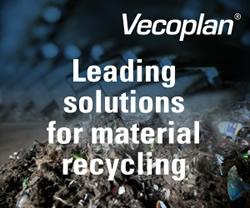Canada Trails OECD Growth Rate in Renewables
Although Canada derives more of its energy from renewables than most OECD nations, its growth rate is much slower.
Renewable energies supplied 16.5% of Canada's primary energy in 2007, well ahead of the average share among OECD nations, but its growth rate for renewables is well behind average. The 16.5% compares with 15.2% in 1971, according to OECD's �Factbook 2009: Economic, Environmental & Social Statistics' released this month, and represents an increase of 8.5% over the 36-year period. Across all OECD nations since 1971, the share of renewables has increased by 40%, although it has been skewed by 2,000% increases in Britain and the Slovak Republic, 900% in Denmark, 500% in Germany and 35% in the United States. Some countries, including Australia and Mexico, report a decline in their share of renewables.
The OECD report shows that renewables contributed 16.8% to Canada's primary energy supply in 2000, which fell to 15.5% in 2004 before rebounding to 16.5% in 2007. Most renewable energy in Canada is derived from large hydroelectric dams and biomass in the forestry industry, but does not reflect the use of green heat systems such as solar and geothermal.
Iceland relies on renewables for 76% of its primary energy, followed by Norway at 25%. Korea is shown as the lowest OECD nation, sourcing only 1.4% of its primary energy from renewables in 2007.
Featured Product

